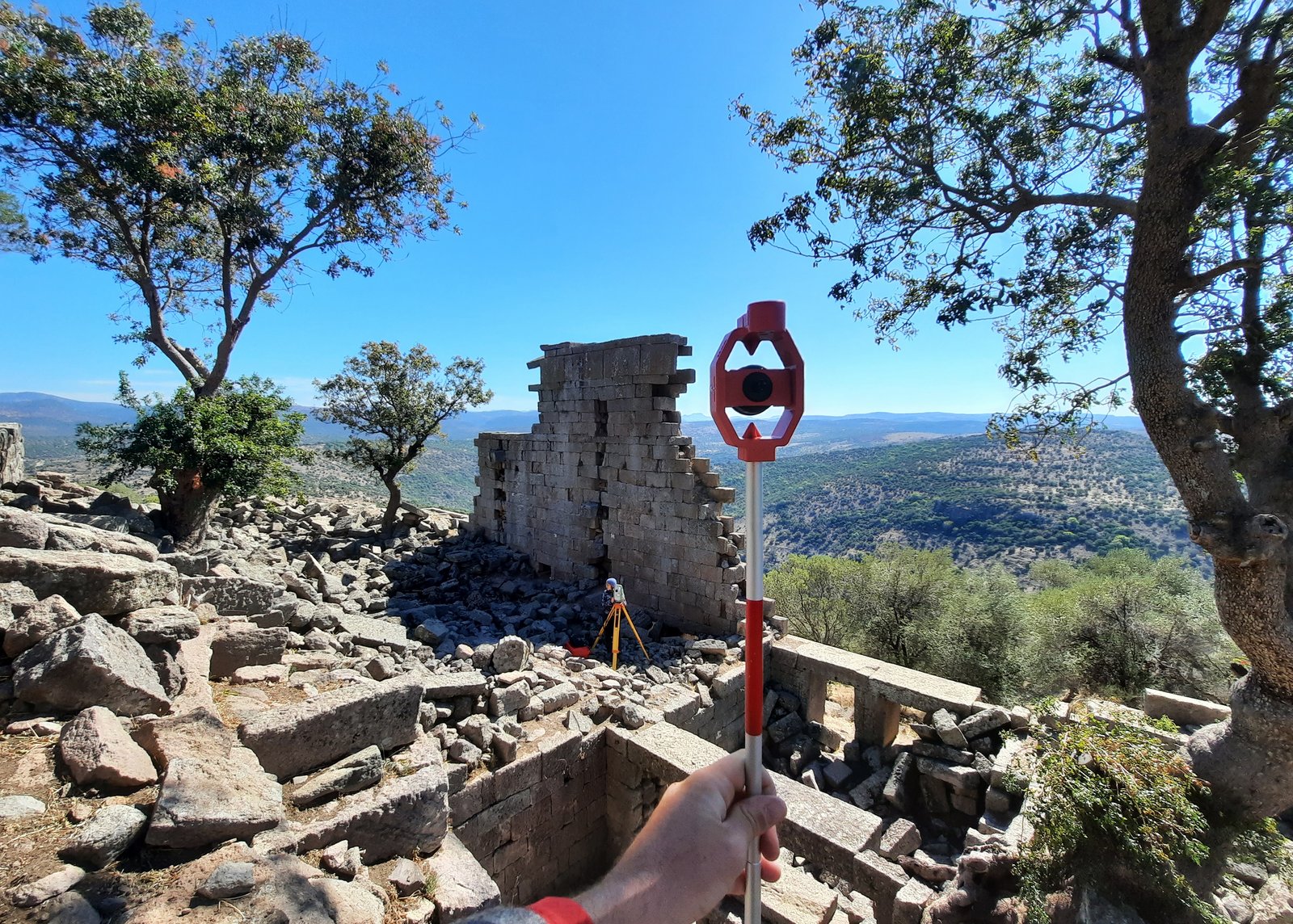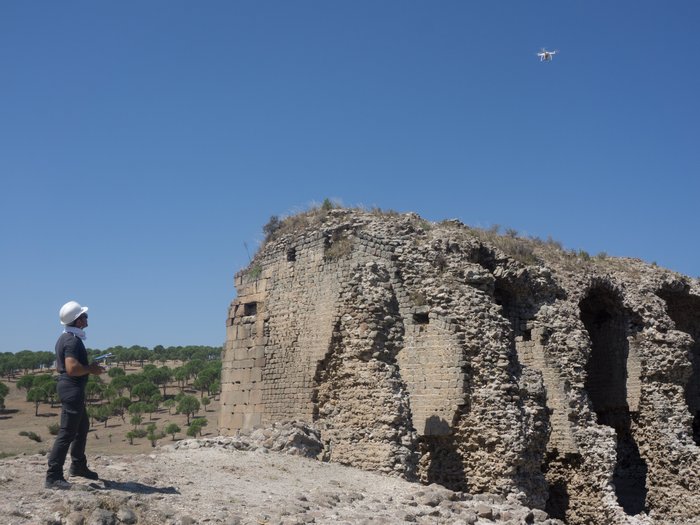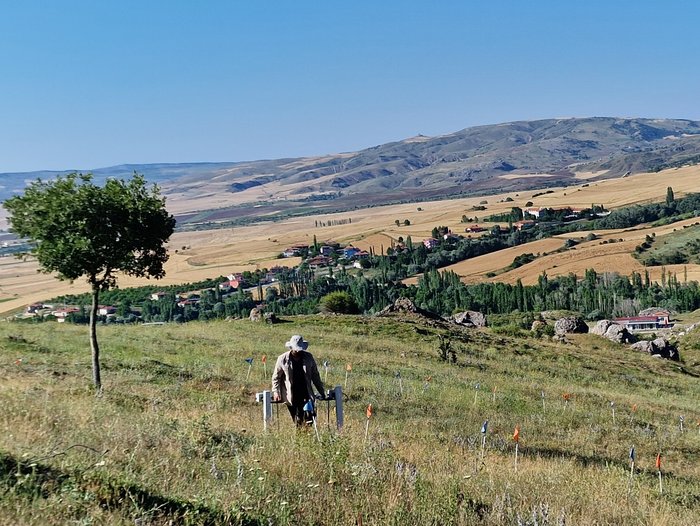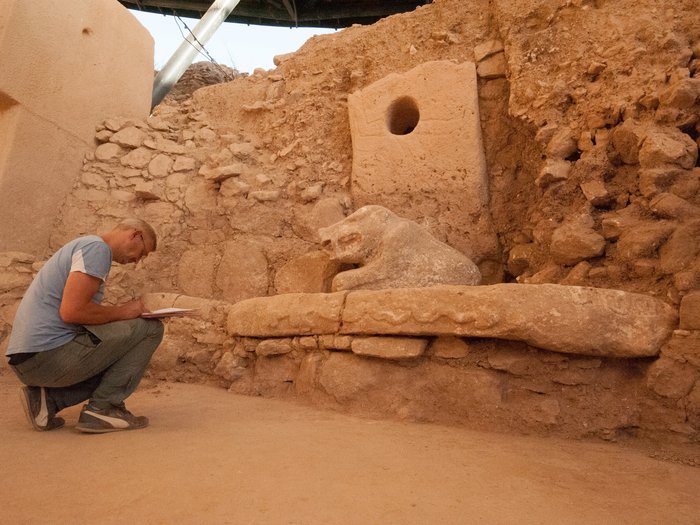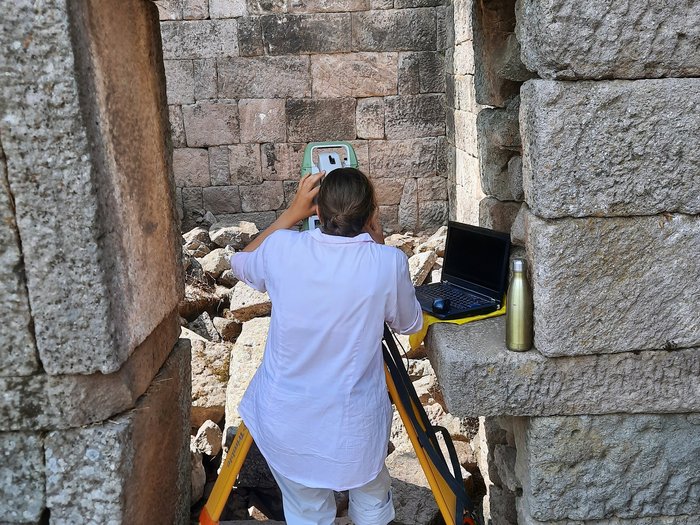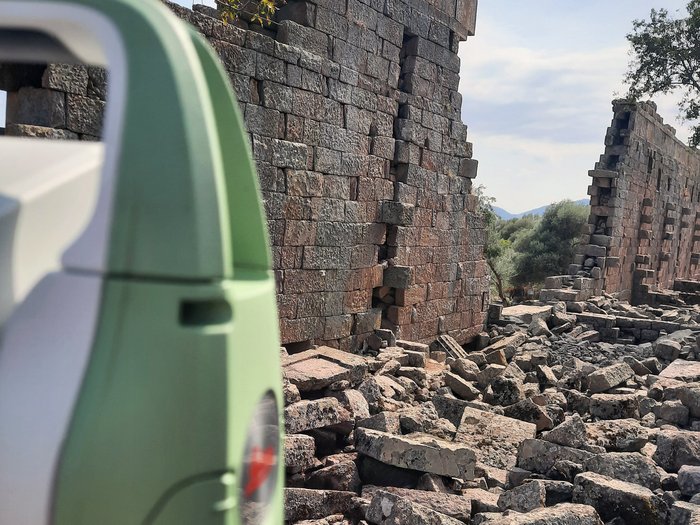Topics & Outlook
The department's research in Istanbul contributes to the diachronic and interdisciplinary study of Anatolia and its neighbouring regions covering a timespan from the Neolithic to the present day. The aim is therefore to compare using a number of selected examples social and economic systems as well as cultural and technological manifestations within various natural environments and to investigate their networks.
The current research agenda focusses on interactions between humans and their natural surroundings. This focus supports the exchange of content between a wide spectrum of projects and disciplines covering different periods and expanses within Anatolia. With the aim of linking research and cultural preservation as closely as possible, special emphasis is also laid on the region's local resources and their influence on traditional forms of craft practises. Both the integration of monument conservation measures as well as the therewith associated education and training programmes to local, socio-economic contexts are measures that aim in the same direction.
Nurturing scholarly exchange in the host country and its assimilation within a bilateral and international discourse counts as one of the department's most elementary tasks. In addition to workshops and conferences, the department since 2006 regularly has been setting up scientific networks which meanwhile are considered as frontrunners within the scientific community. The networks enable topic-related and interdisciplinary exchange between the department's projects and the national and international research community, and the serve to initiate and promote cooperation with partners from universities and academia. They also are an important instrument for encouraging young talents.
The research activity at the Istanbul Department is characterised by its long-term commitment to excavations at sites like Göbekli Tepe, Boğazköy-Hattuša, and Pergamon. These field projects spread from the northwest to the southeast, across Anatolia's diverse landscapes and reflect a chronological timespan extending from the 10th millennium BC to the present day. The long-standing commitments are specifically supplemented by short- and medium-term projects which, for instance, may focus on periods later than antiquity and hence adapt particularly well to shifting tendencies within research. In this way the department's consistently diachronic approach evolves in terms of content and remains up to date.
Research at the DAI in Türkiye focusses on crucial phases in human history and therewith connected issues. The department concentrates on subjects to whose advancement Anatolia and its neighbouring regions have contributed in particularly significant ways, or whose investigations are particularly beneficial:
- The early stages of producing economies, social differentiation, and monumental architecture as well as their natural factors in the Early Neolithic in Upper Mesopotamia (10th – 9th millennia BC).
- Stability and dynamics of settlement history within contexts of natural environment: Boğazköy/ Ḫattuša and the Central Anatolian landscape from the late 3rd millennium BC to the 14th century AD.
- The changing relationship between humans and their environs on micro-regional levels, as exemplified by Pergamon and focussing on Hellenism and the Roman Empire).
The three DAI research platforms Göbekli Tepe, Boğazköy/ Ḫattuša and Pergamon are considered as phases characteristic of the social and cultural development of Anatolia and likewise as faculties for sanctioning the discourse on various environments, such as cities and settlements, places of worship and sanctuaries, and landscapes as well. Being core disciplines of the department, Byzantine archaeology and historical building research extent the studied periods to as far as the 20th century and thus convert the claim of the ability to straddle the ages above all into short- and medium-term projects. A broad spectrum of current research topics can thus be treated in a cross-sectional manner:
- Resilience and vulnerability of socio-economic orders,
- Technologies and organisation of complex processes,
- Social metabolism in different natural and cultural contexts,
- Interplay between places and practices of cult,
- Significance of regions and their interdependencies in relation to social and economic structures as well as their cultural manifestations.
Preserving historic buildings and site management measures have become increasingly important issues within the department's field of tasks. In line with its commitment to three UNESCO World Heritage Sites, it is the department's goal to work at the interface between archaeological research and conservation of cultural heritage.
The definition of long-term commitments at Göbekli Tepe, Boğazköy/ Ḫattuša, and Pergamon as international and interdisciplinary research platforms opens to numerous opportunities for cooperation and integration of German, Turkish, and international partners.
The interdisciplinary and diachronic disposition of research carried out at the Istanbul Department is compatible with numerous interfaces and research clusters within the DAI. This applies in particular to the focus on interactions between humans and their natural environments, which constitutes an important topic of research not only within the DAI as a whole, but furthermore on a global archaeological level. The department combines traditional, subject-related approaches with interdisciplinary research designs that likewise may address more complex, socio-ecological issues through the integration of applications from the natural- and earth sciences. This puts into perspective a set of future prospects. For this matter, the department's specific experiences in diachronic and interdisciplinary research are intended to actively participate in the current discussion on the further development and restrictions of the archaeological disciplines so as to raise awareness for the bearing of archaeology for society in a world marked by increasingly complex crises.
The Istanbul Department performs its projects in archaeology, building research, and cultural preservation as bilateral and international ventures. The political and economic relevance of archaeology in Türkiye poses specific challenges that strongly affect the department's work and at the same time creates food for thought as to archaeology's implications within the socio-political dynamics of change may indeed generate new fields of approach. Related to this, is also the current increase of activities within culture preservation and cultural heritage presentation in hosts of social contexts. The implementation of modern concepts of public archaeology, for instance, is intended to create acknowledgement while nurturing the discourse in civil society. An examination of the history of German archaeological research in Türkiye raises questions as to how archaeology, though elevated by great discoveries and significant advances in knowledge, can cope at the same time with issues of heritage, in spite of the targeted avails from asymmetric power relations during the later age of imperialism and colonialism. Such problematic aspects too need to addressed in developing future strategies for international scholarly cooperation in Türkiye in order to counteract the formation of new tiers in academia and thus to uphold egalitarian exchange formats.

